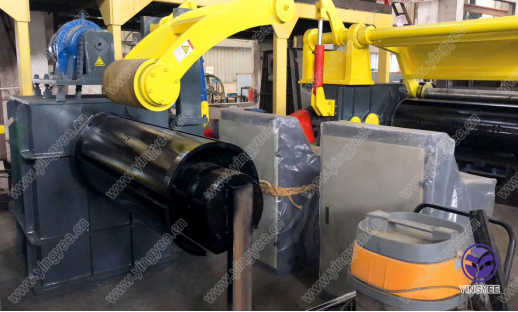
The Evolution and Impact of Brick Machines in Construction
In the world of construction, the brick machine has revolutionized the way we build structures. From ancient times to modern architecture, bricks have played a crucial role, and the advent of brick machines has enhanced their production and application. This article explores the evolution of brick machines, their technology, and their significance in contemporary construction practices.
Historical Context
The concept of brick-making is ancient; bricks have been used for thousands of years, dating back to early civilizations in Mesopotamia and Egypt. Originally, bricks were made by hand, using mud and straw, and dried in the sun. This manual process was labor-intensive and time-consuming, limiting the scale and efficiency of brick production.
The Industrial Revolution brought significant changes to various industries, including brick-making. The introduction of steam-powered machines marked the beginning of mechanized production. These early machines mechanized the shaping and molding processes, allowing for the mass production of uniform bricks. As brick-making technology advanced, so did the materials and approaches used in construction.
Modern Brick Machines
Today, brick machines are sophisticated and highly efficient. They operate using hydraulic or pneumatic systems that can mold, cut, and dry bricks automatically. These machines are designed to produce a range of bricks, including clay bricks, concrete blocks, and interlocking bricks, which cater to various construction needs.
One of the most significant developments in recent years is the introduction of environmentally friendly brick-making technologies. For instance, machines that utilize recycled materials or incorporate fly ash in their production processes are gaining popularity. These innovations not only reduce waste but also enhance the sustainability of the construction industry.
Advantages of Brick Machines

The benefits of using brick machines in construction are manifold. First and foremost is the efficiency they offer. Automation in brick production significantly reduces labor costs and time. With the ability to produce thousands of bricks in a single day, construction projects can be completed more rapidly, meeting the demands of today’s fast-paced construction environments.
Moreover, the precision and consistency of bricks produced by machines are superior to those made by hand. This uniformity contributes to the structural integrity of buildings, ensuring that they can withstand the test of time. Machine-made bricks also have improved aesthetics, allowing for better design flexibility in architectural projects.
Additionally, brick machines can produce various types of bricks tailored to specific environmental conditions. For example, thermal mass bricks can help regulate indoor temperatures, while insulating bricks can enhance energy efficiency. This adaptability is particularly important as the construction industry strives to create not only beautiful but also sustainable buildings.
Challenges and Considerations
Despite their numerous advantages, brick machines are not without challenges. The initial investment required for high-quality machinery can be prohibitively expensive for small manufacturers. Furthermore, the maintenance and operation of these machines require skilled personnel, which can add to operational costs.
Additionally, there is a growing concern about the environmental impact of traditional brick-making processes, particularly in regions where clay extraction can lead to habitat destruction. Therefore, manufacturers are encouraged to adopt technology that minimizes environmental degradation and maximizes resource efficiency.
Conclusion
In conclusion, brick machines have significantly shaped the construction industry. They have not only made brick production more efficient but have also opened doors to innovative building techniques and materials that meet contemporary environmental standards. As the construction industry continues to evolve, embracing these technological advancements will be crucial for building a sustainable future. By investing in modern brick machines, we can enhance the quality and efficiency of construction while minimizing our ecological footprint. The future of building lies not just in bricks and mortar but in the machines that create them, showcasing the harmony between technology and craftsmanship in the art of construction.